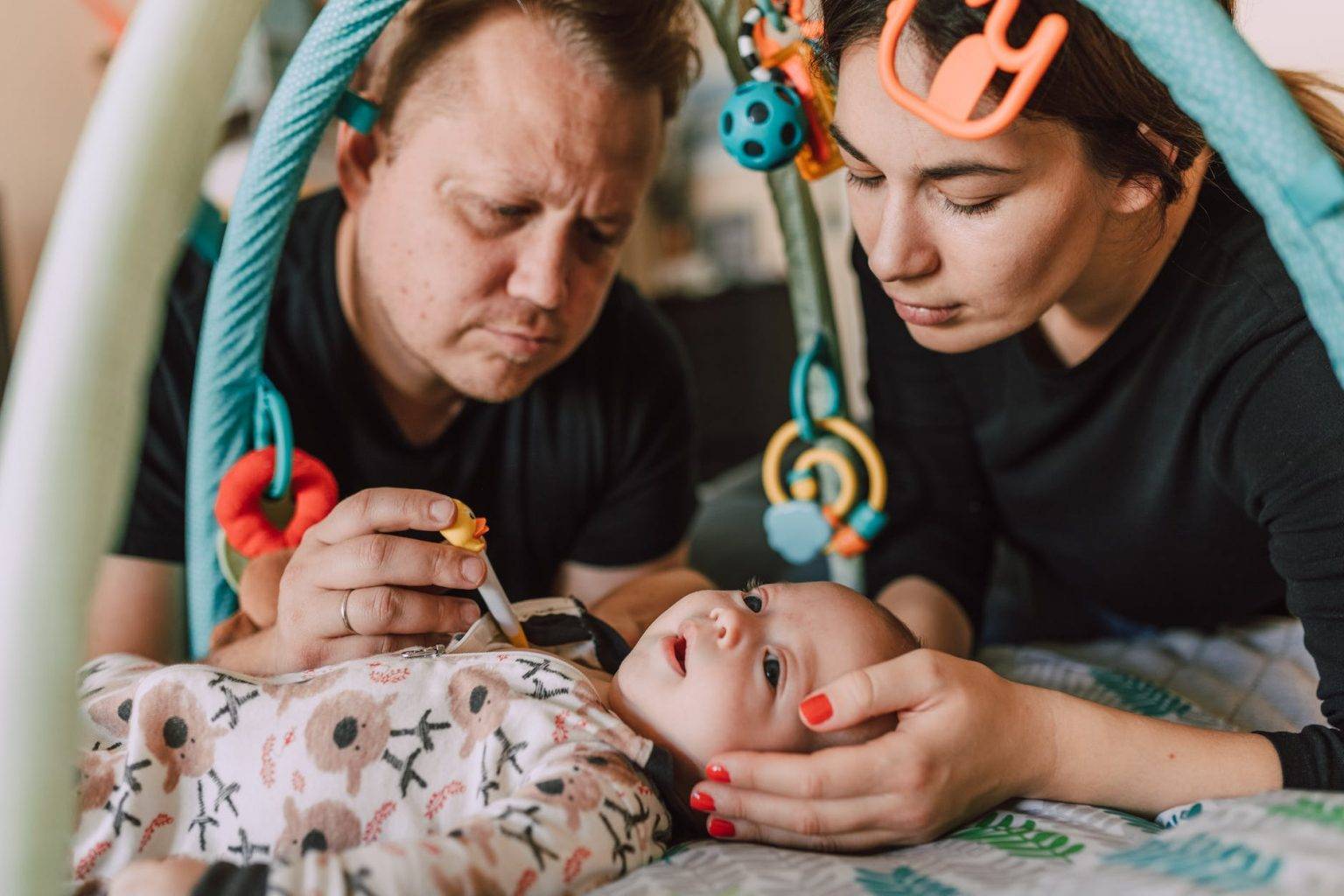|
Getting your Trinity Audio player ready...
|
Hypothermia is a condition where the body temperature falls below the normal range. It can affect anyone, but babies are especially vulnerable because they lose heat more quickly than adults and have less ability to regulate their temperature. Hypothermia can have serious consequences for a baby’s health and development, such as breathing problems, infections, bleeding, organ failure, or even death. Therefore, it is important to know how to tell if your baby has hypothermia and what to do if their temperature drops below 95 celsius (35.6 fahrenheit).
How to tell if your baby has hypothermia
The normal body temperature for a healthy baby is between 36.5°C and 37.5°C (97.7°F and 100.4°F) when measured with a rectal thermometer. This is the most accurate method of taking a baby’s temperature, as oral, ear, or armpit thermometers can give lower readings.
A baby’s temperature is considered low if it drops below 36°C (96.8°F) when measured rectally. This is the threshold for hypothermia, which can be mild, moderate, or severe depending on how low the temperature is.
Some of the signs and symptoms of low body temperature in babies are:
- Lethargy or drowsiness
- Poor feeding or sucking
- Weak cry or whimper
- Pale, cool, or clammy skin
- Blue lips or fingers
- Trouble breathing or slow heart rate
- Shivering or stiffness
If you notice any of these signs in your baby, you should check their temperature with a rectal thermometer and seek medical help right away.
What to do if your baby’s temperature drops below 95 celsius (35.6 fahrenheit)
If your baby’s temperature drops below 95 celsius (35.6 fahrenheit), which is equivalent to 35°C (95°F) when measured rectally, they have severe hypothermia and need immediate treatment.
The first thing you should do is call an ambulance or take your baby to the nearest hospital. While waiting for help, you should try to warm your baby gradually with the following steps:
- Remove any wet clothing or blankets from your baby and dry them gently with a towel.
- Wrap your baby in warm blankets and a hat. You can also use a hot water bottle or a heating pad wrapped in a towel, but make sure they are not too hot or in direct contact with your baby’s skin.
- Keep your baby skin-to-skin with you or your partner as much as possible. This helps transfer your body heat to your baby and calm them down.
- Breastfeed your baby frequently or give them formula as recommended by the doctor. This helps provide warmth and hydration to your baby.
- Avoid bathing your baby or exposing them to cold air or water. This can make their temperature drop further.
- Monitor your baby’s breathing, heart rate, and color. If they stop breathing, start CPR and continue until help arrives.
How to prevent low body temperature in babies
The best way to prevent low body temperature in babies is to keep them warm and comfortable at all times. Some of the preventive measures are:
- Drying and wrapping the baby immediately after birth with warm blankets and a hat
- Keeping the baby skin-to-skin with the mother or father as much as possible
- Breastfeeding the baby frequently or giving them formula as recommended by the doctor
- Dressing the baby in layers of clothing that fit well and cover their head, hands, and feet
- Avoiding bathing the baby too often or for too long
- Keeping the room temperature between 23°C and 25°C (73°F and 77°F) and avoiding drafts or fans
- Checking the baby’s temperature regularly with a rectal thermometer
Conclusion
Low body temperature in babies is a serious condition that can affect their health and development. It can be caused by various factors, such as premature birth, cold exposure, or illness. It can also lead to various complications, such as respiratory problems, infections, bleeding, organ failure, or even death.
To prevent low body temperature in babies, it is essential to keep them warm and comfortable at all times. To treat low body temperature in babies, it is vital to seek medical attention as soon as possible and follow the doctor’s instructions.
A normal body temperature for a healthy baby is between 36.5°C and 38°C (97.7°F and 100.4°F) when measured with a rectal thermometer. This is equivalent to 95 celsius to fahrenheit, which is the boiling point of water at sea level. A baby’s temperature is considered low if it drops below 36°C (96.8°F) when measured rectally, which is equivalent to 95 celsius to fahrenheit minus 0.2 degrees. This is the threshold for hypothermia, which can be mild, moderate, or severe depending on how low the temperature is.
By knowing how to tell if your baby has hypothermia and what to do if their temperature drops below 95 celsius (35.6 fahrenheit), you can help your baby stay healthy and safe.


